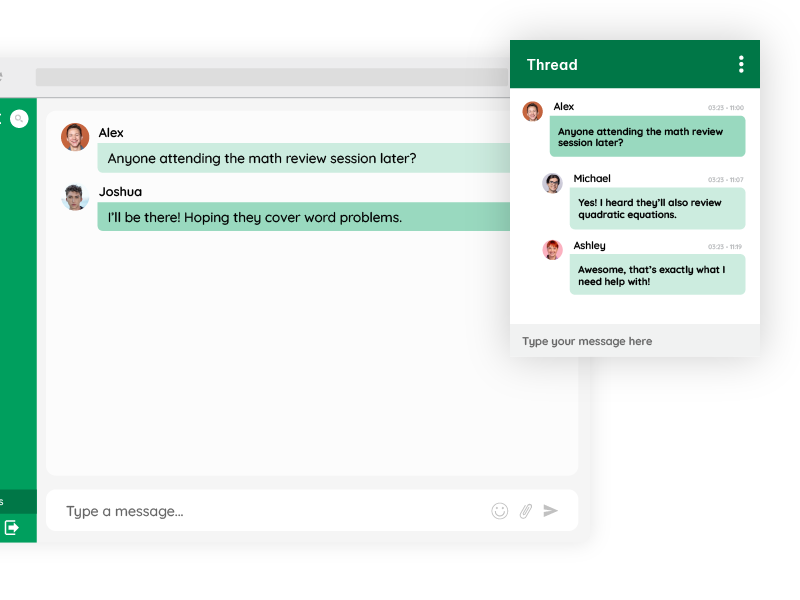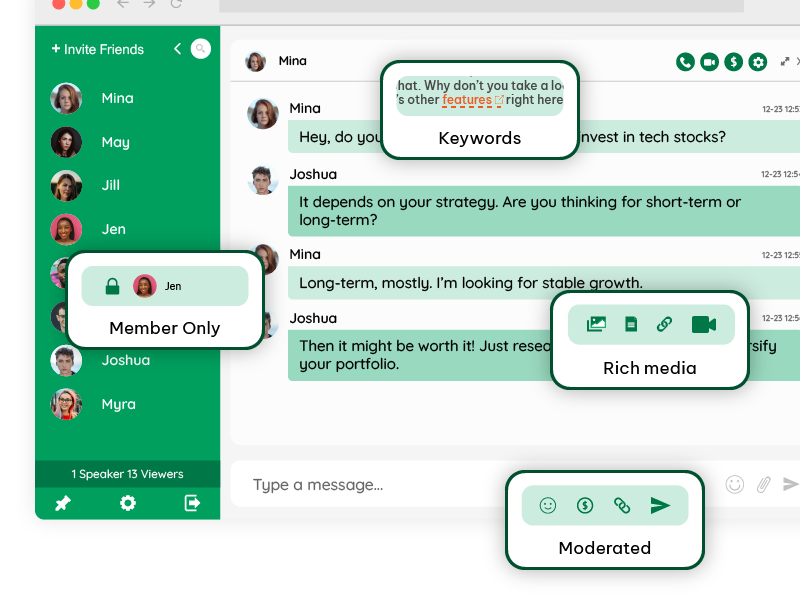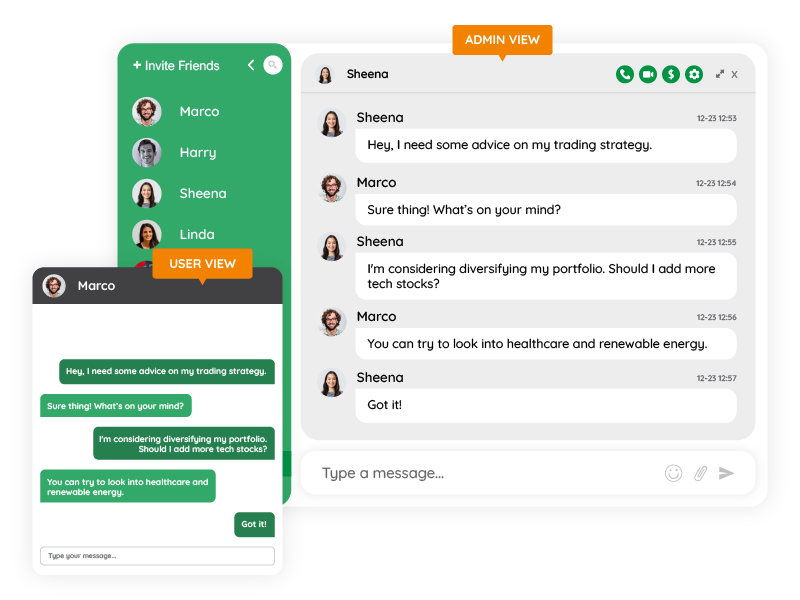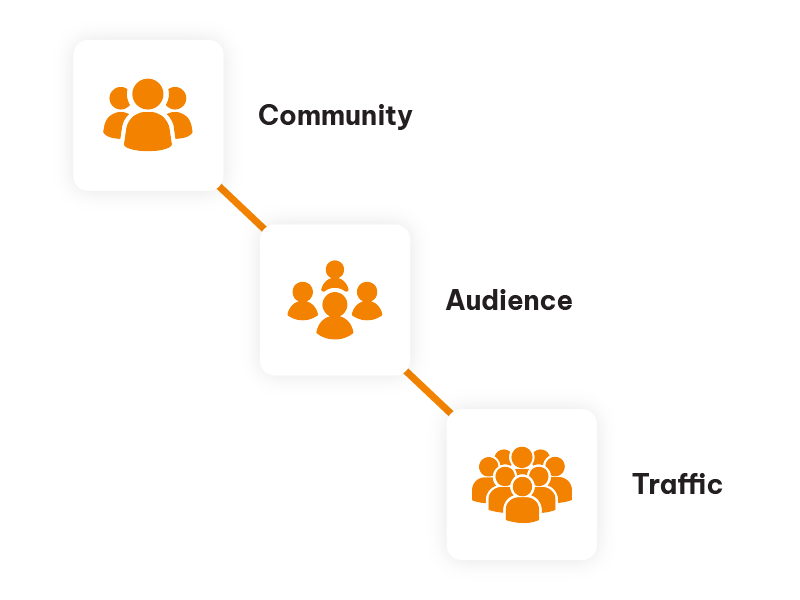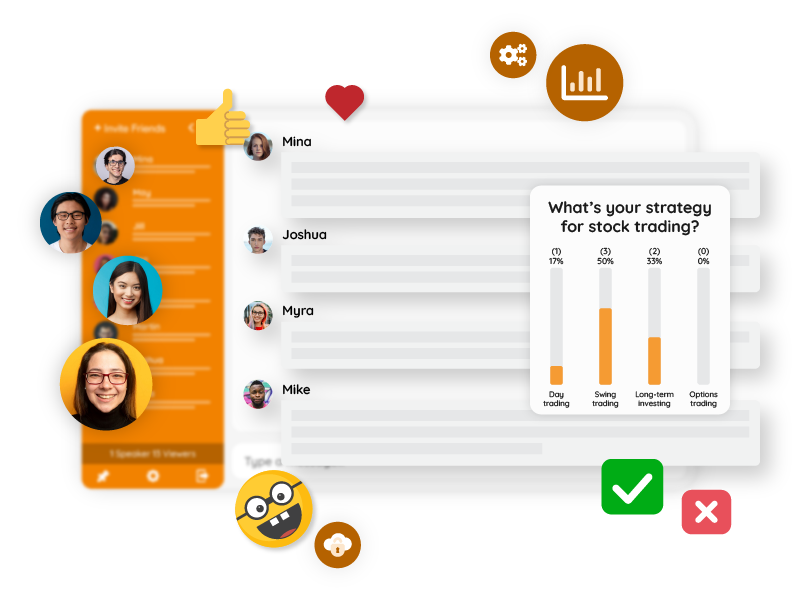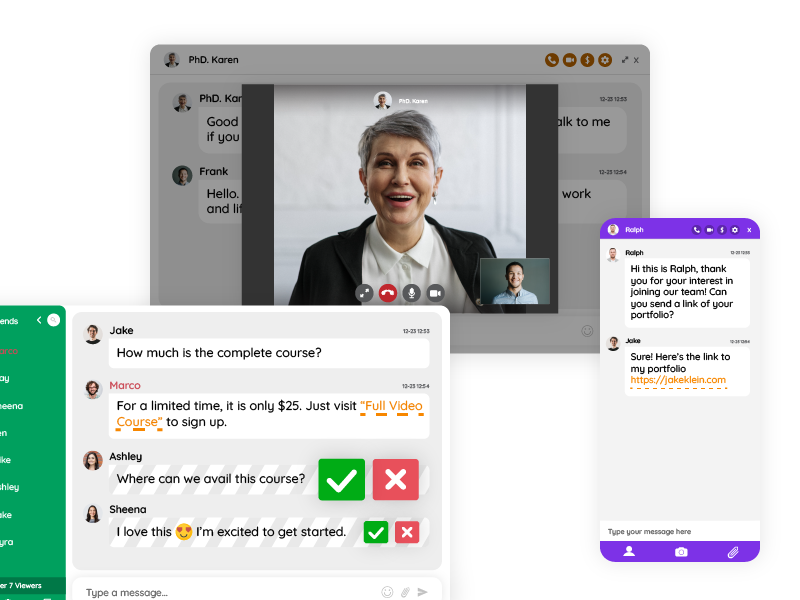In the rapidly evolving digital landscape, chatrooms are experiencing a powerful renaissance—not in their traditional form, but as AI-enhanced hubs of intelligent, real-time conversation. The phrase “chatrooms in the AI era” encapsulates the transformation of online communication spaces from simple text exchanges to dynamic, moderated, and even predictive dialogue ecosystems. As we move deeper into 2025, AI-powered chatrooms are reshaping the way we engage online, enabling smarter community management, deeper user insights, and vastly improved communication efficiency.
The Evolution of Chatrooms: From Text Threads to Smart Conversations
Chatrooms first emerged in the early days of the internet as raw, open forums where users could communicate in real time. Platforms like IRC and AOL Instant Messenger popularized the concept, which then evolved into more organized and topic-specific communities. However, these spaces often faced challenges related to moderation, user engagement, and content quality.
In the AI era, these problems are being solved at scale. Artificial Intelligence technologies now automate moderation, detect spam or harmful content, personalize user interactions, and even translate messages in real-time. Instead of basic text exchanges, modern chatrooms offer context-aware discussions, emotion detection, and adaptive interfaces that change based on user preferences and engagement history.
AI-Powered Moderation: Keeping Conversations Healthy
One of the most revolutionary applications of AI in chatrooms is real-time moderation. With natural language processing (NLP), machine learning, and sentiment analysis, AI tools can almost instantly identify inappropriate content, harassment, or off-topic discussions. This automation allows moderators to focus on more meaningful community management tasks rather than combing through thousands of messages.
Platforms like Discord, Slack, and emerging SaaS chat tools integrate AI moderation bots that continuously learn from user behavior. These bots can flag or delete offensive messages, temporarily mute users, or alert human moderators for review. AI ensures that civility and relevance are maintained in academic, professional, or gaming communities where chatroom discussions can be intense or rapid-fire.
Personalization and Contextual Intelligence
Gone are the days of one-size-fits-all chat experiences. AI is now used to personalize chatroom interactions based on user interests, previous activity, and preferred conversation styles. Machine learning algorithms analyze chat history to recommend relevant topics, suggest replies, or connect users with others who share similar interests.
For example, a user in a health-focused chatroom might receive recommendations for discussions around mental wellness or fitness challenges based on previous engagement. This kind of contextual intelligence enhances user retention and helps build deeper, more meaningful communities.
Real-Time Translation and Multilingual Engagement
Global communication has become essential, and AI-powered chatrooms are removing language barriers through real-time translation. With NLP and advanced translation engines, users from different countries can seamlessly interact without the need for third-party tools. This not only expands the reach of online communities but also fosters inclusive, cross-cultural discussions.
For international businesses, educational platforms, or multinational teams, chatrooms with real-time multilingual support are game-changers. They enable clearer collaboration and reduce the friction that previously came with language differences.
Integration with Other AI Technologies
AI-powered chatrooms are not standalone tools—they often integrate with other intelligent systems to create a more cohesive digital experience. Chatbots powered by generative AI can assist users, answer FAQs, or simulate human-like conversation. Voice recognition tools can transcribe audio to text in real time, making voice-based chatrooms more accessible.
Moreover, chatrooms can now connect with AI-driven recommendation systems, CRM platforms, and learning management systems (LMS). This integration allows for seamless transitions between chatting, content consumption, and actionable insights.
Use Cases Across Industries
- Education: AI-enhanced chatrooms in online courses allow students to collaborate, ask questions, and receive real-time support from AI tutors or moderators. Personalized content suggestions also enhance learning outcomes.
- Healthcare: Telemedicine platforms now use chatrooms with embedded AI to answer patient queries, triage symptoms, or provide resources. Chat history can also inform medical decisions or follow-up plans.
- Customer Support: Brands leverage chatrooms with AI agents to provide instant, 24/7 support. These systems analyze sentiment to prioritize issues and escalate urgent concerns to human reps.
- Remote Work: Corporate teams use AI chatrooms to manage projects, delegate tasks, and facilitate decision-making through intelligent prompts and analytics.
- Online Gaming and Communities: Gaming chatrooms now use AI to detect toxicity, organize team collaboration, and match players with similar skill levels or preferences.
Ethical Considerations and Data Privacy
While the integration of AI in chatrooms brings undeniable benefits, it also raises critical ethical questions. How is user data being collected and used? Are AI algorithms biased in moderation or personalization? Are users fully aware that they are interacting with bots?
To ensure responsible AI adoption, platforms must prioritize transparency, allow users to opt out of certain features, and comply with global data protection laws like GDPR and CCPA. It’s also essential to implement regular audits and user feedback loops to refine AI behavior.
The Future: Predictive and Proactive Chatrooms
As AI continues to evolve, chatrooms will become even more proactive. Predictive modeling will enable platforms to anticipate user needs before questions are asked, suggest helpful resources, or pre-empt potential issues. Imagine a study group chat where an AI bot reminds you of deadlines, suggests readings based on your knowledge gaps, or alerts the group about scheduling conflicts.
In social chatrooms, AI could detect when a conversation is losing momentum and suggest new topics to revive engagement. For customer service, proactive outreach through chat could solve problems before users even notice them.
Chatrooms in the AI Era: New Coming of Smart Communication
Chatrooms in the AI era are more than just digital hangouts—they are intelligent ecosystems that support, enhance, and transform the way we connect online. From personalized interactions and multilingual access to automated moderation and predictive assistance, AI is redefining what it means to chat in a digital space.
As we move forward, the challenge will not be just in developing more advanced features, but in ensuring that these tools remain ethical, inclusive, and human-centric. With the right balance, AI-powered chatrooms will become indispensable pillars of online engagement across every industry and community.

